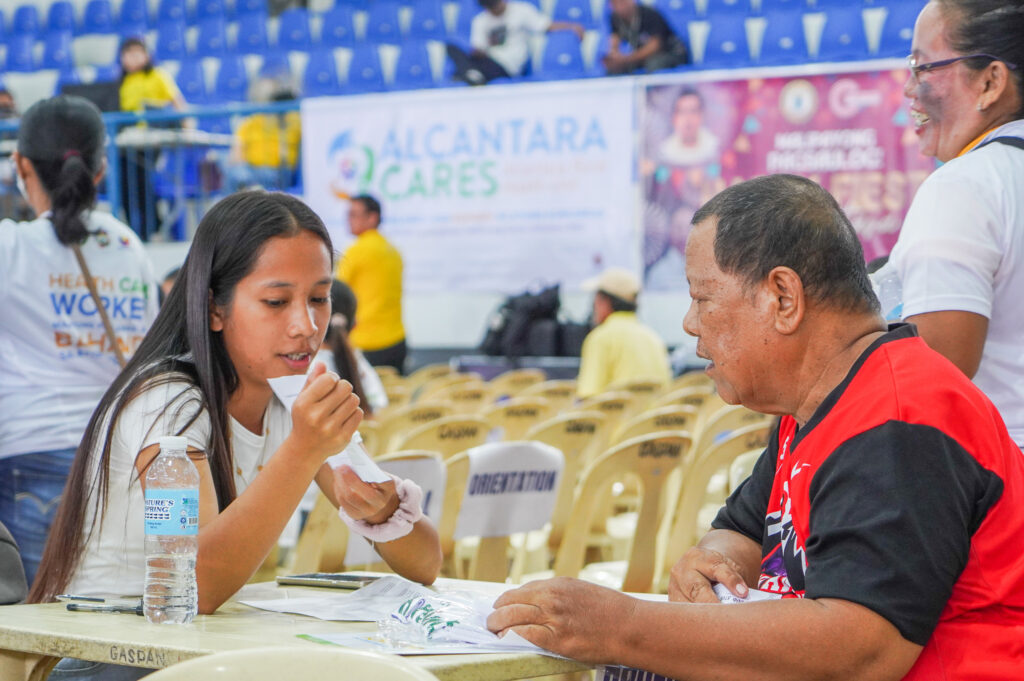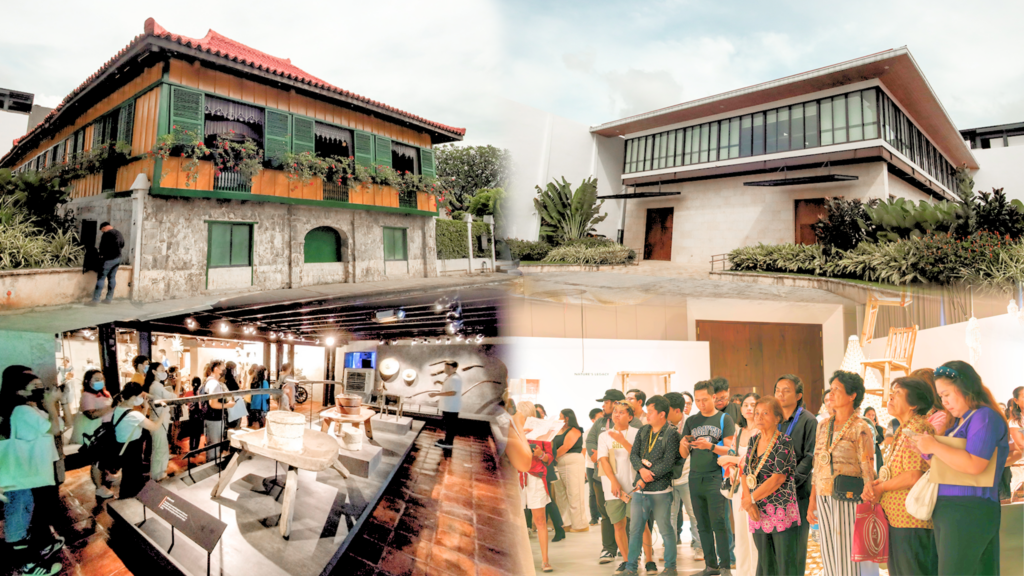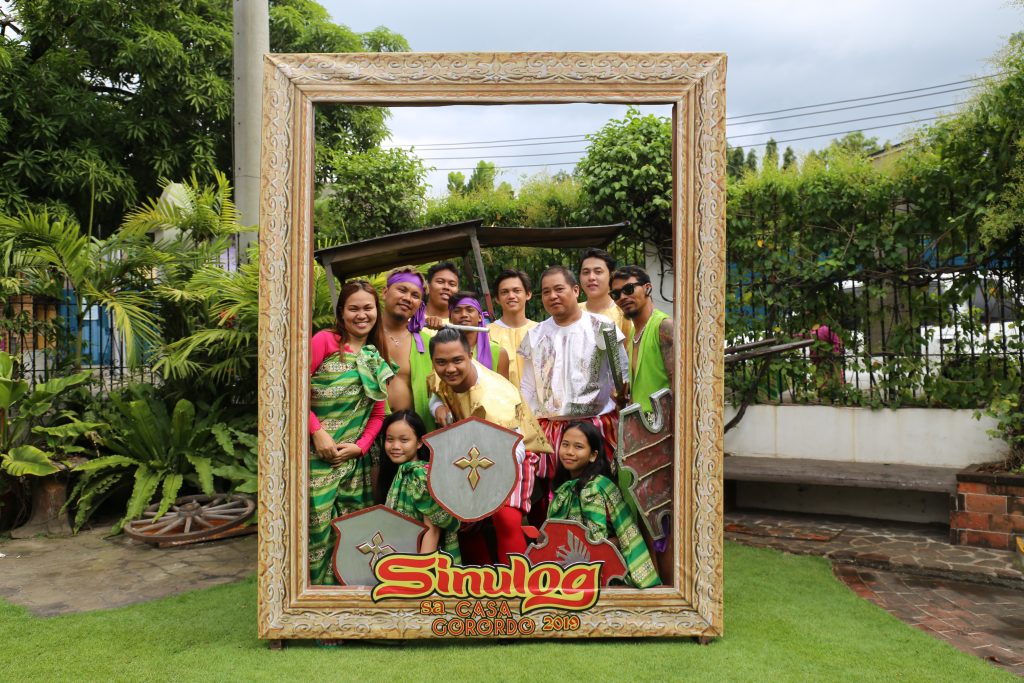
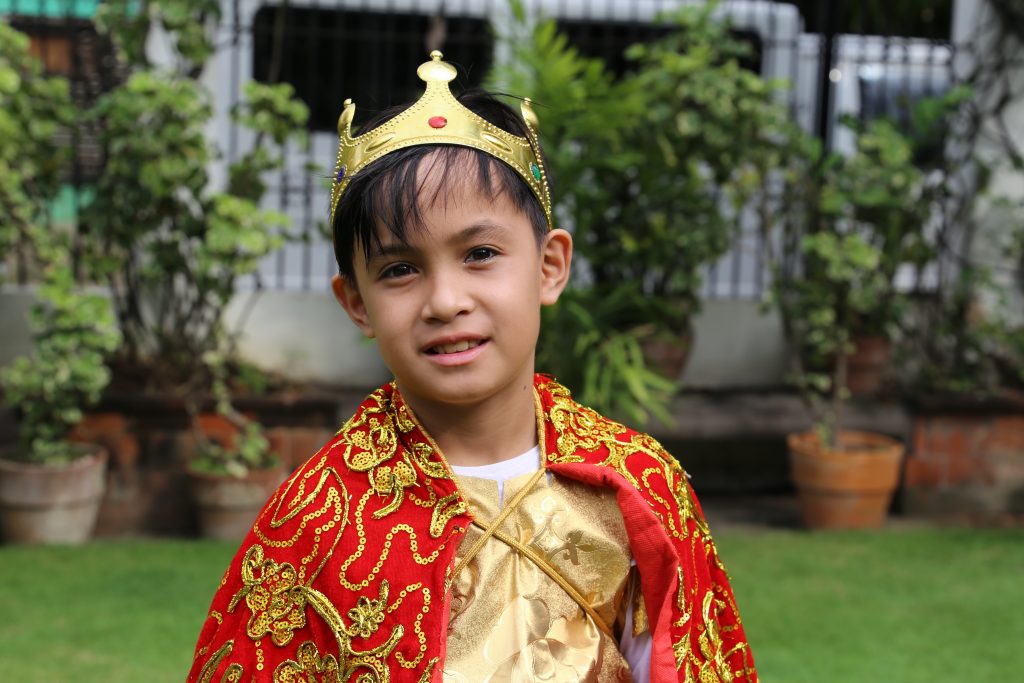
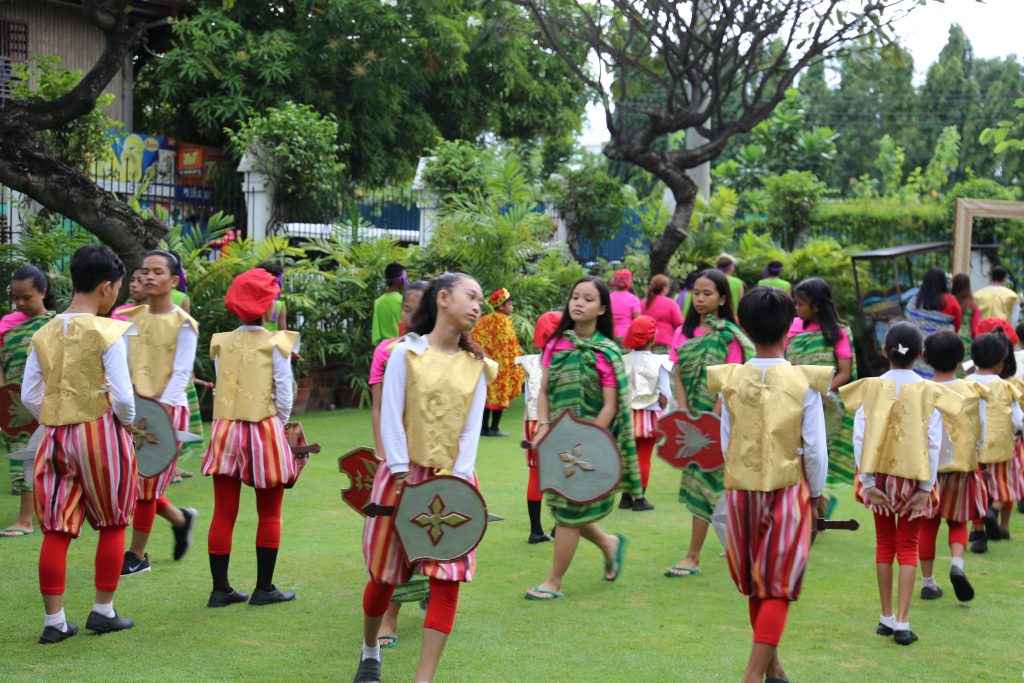
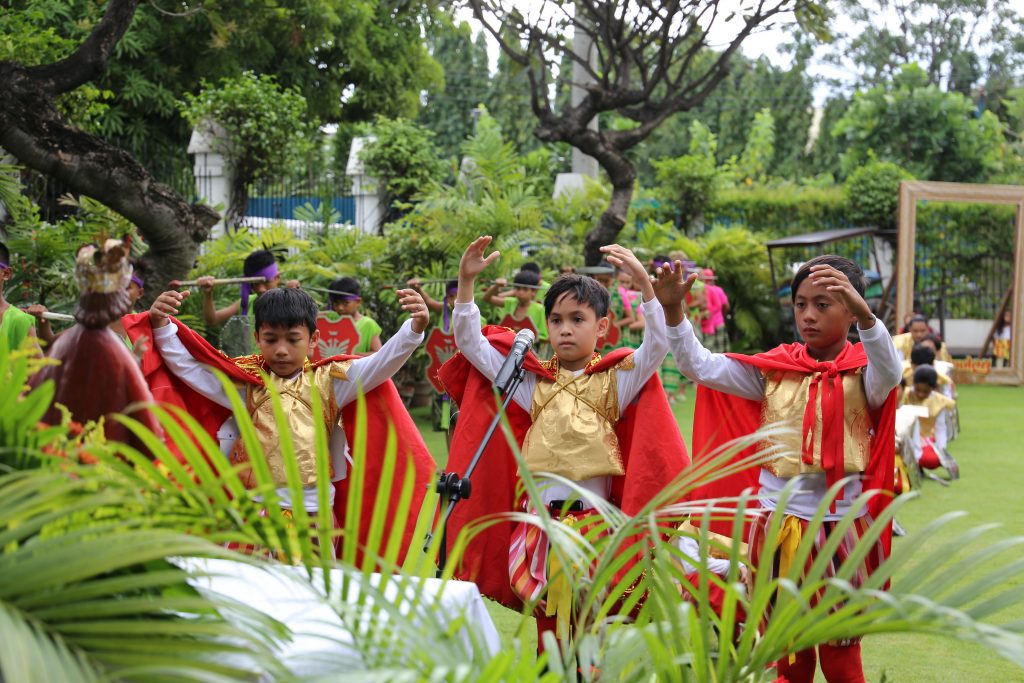
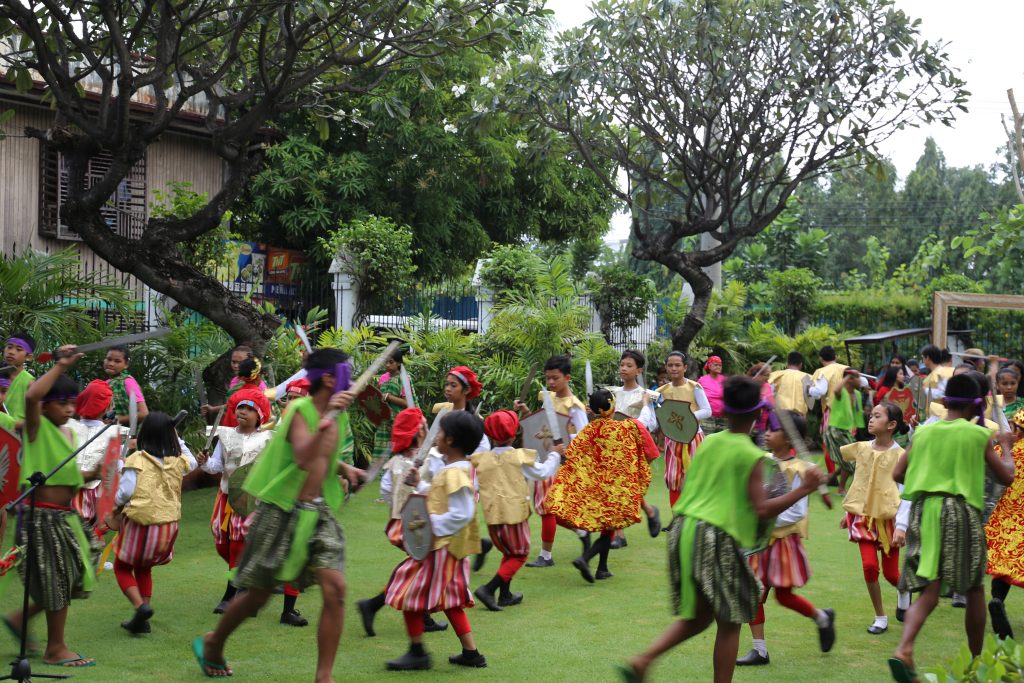
Previous
Next
No rain can stop the interpretation of faith in a dance.
Last January 21, 2019, the Casa Gorordo Museum held the Sinug, one of its house traditions despite moderate to heavy rains.
“We do this every year not only to uphold one of the Gorordo family’s long traditions but also as a way to show our devotion to the Holy Child, Sto. Niño,” Florencio Moreno, curator of the Casa Gorordo Museum, said of the dance.
Unlike the more festive Sinulog dance, the Sinug is a much simpler dance. For one, the Sinug does not have a reina or a queen, and the image of the Sto. Niño is not held. Instead, the image is placed in an altar at the front.
“The Sto. Niño becomes the focus in this dance,” says Richelieu Colina, leader of the Turang Dance group.
The Turang Dance Group has performed the Sinug since the time of the Gorordos. Back then, the group was led by Estelita ‘Nang Titang’ Diola, until she passed away last 2013. Now, Richelieu, simply known as ‘Richoy’ by friends and family, lead the troupe.
“Nang Titang taught me a lot of things when I was a child. She even taught me how to play the drums for the Sinug. Leading this group would not have been possible if it weren’t for Nang Titang teaching me everything I needed to know. She treated me like I was one of her own, and I am always thankful for that,” says Richoy.
The dance starts with an alabacion, where the lead performer chants a prayer in Latin in front of the image of the Holy Child.
After the alabacion, halad or the offering is done, where one of the performers recites names of sick people or loved ones who have departed. An offering of prayer can also be made to people for good health and other intentions. While the names are being called out one by one, the dance is performed.
“The Sinug has many parts. It also includes the Sagalas Compañeros, which is a form of thanksgiving song; the balitok, a form of entertainment offered to the Holy Child; a celebratory song; and of course the traditional Moro-moro, or a dance portraying traditional combat between a Moro and a Christian. The dance finally ends with a panamilit,” adds Richoy.
One of the outstanding features for this year’s Sinug is the heavy use of costumes, which Richoy said he has sewn himself.
“The Sinug is first and foremost a prayer. To show our devotion, we must also show our effort. Before the actual dance, my devotion already starts in the costumes that I make for the 100 or so dancers,” said Richoy.
“Dancers wear costumes that depict Christian and Moro looks. Though traditionally, it was the males as Christians and females as Moros,” adds Richoy.
The dancers are all volunteers from Barangay Mabolo. They usually range from ages 7-60 years old.
On having young kids as performers Richoy says, “I don’t just teach them the dance. I teach them the meaning behind every step, every song. These have to be embedded in them at a young age so they will understand that this dance, this prayer, is a part of their identity.”
The Culture & Heritage Unit of the Ramon Aboitiz Foundation Inc. (RAFI-CHU) through its three flagship programs — Casa Gorordo Museum, Research & Publications, and Gabii sa Kabilin — aims to develop a strong sense of cultural identity among local communities by promoting awareness of their heritage and enabling them to articulate their story.

